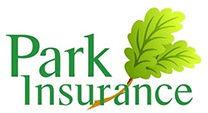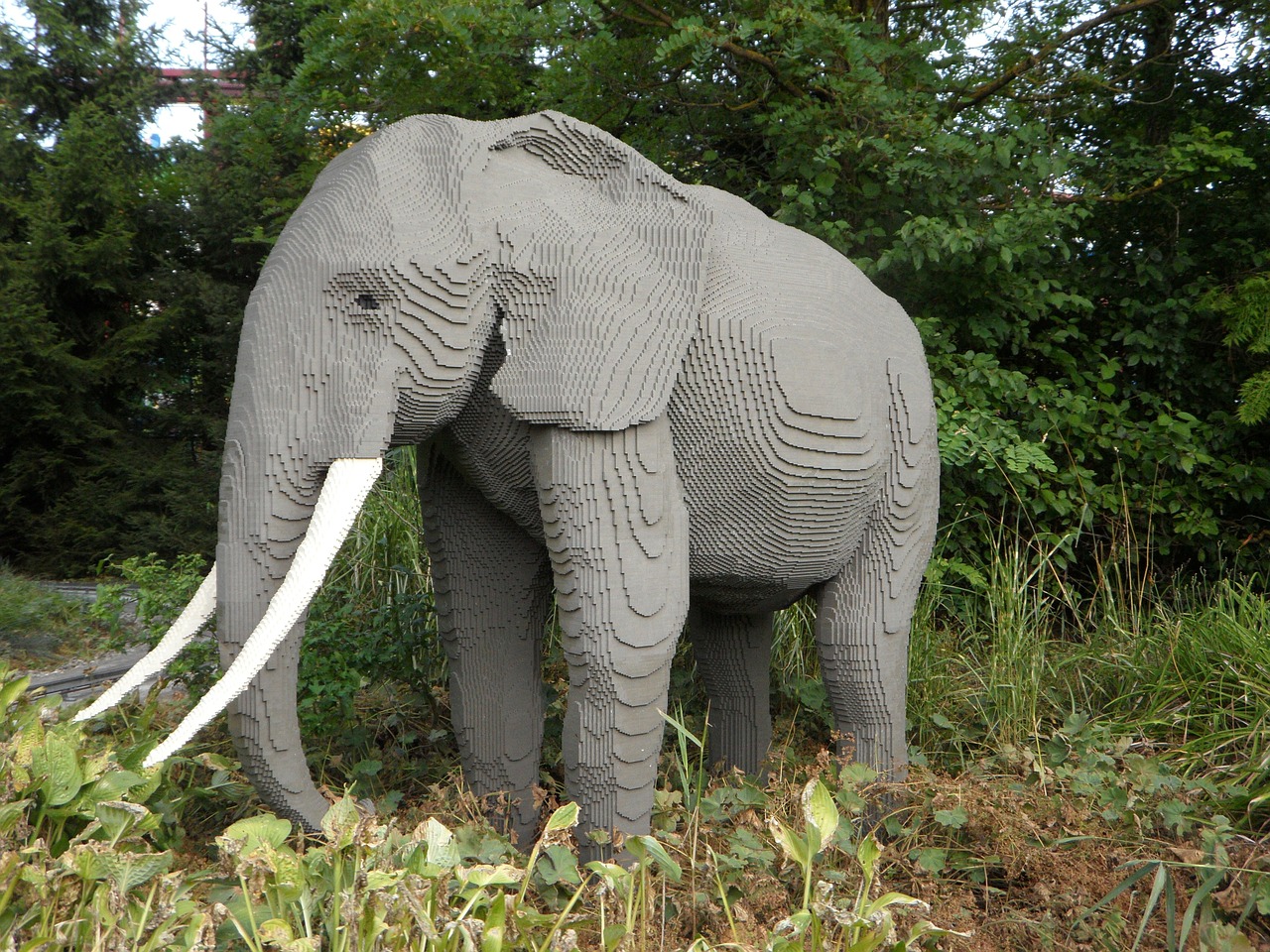The Ultimate Guide to Theme Park Insurance and Risk Management
In 2015 2.25 million visitors enjoyed the small but colourful plastic bricks, rides, shows and entertainments at Legoland Windsor Resort, making it the most visited theme park in the UK. Close behind was Alton Towers with 1.93 million visitors, Thorpe Park with 1.85 million visitors and Chessington World of Adventures with 1.64 million customers.
With large crowds of all ages come large risks and, even if your theme park or visitor attraction doesn’t attract close to that number, a regularly updated and wide reaching risk management plan is an essential.
Balancing the thrills with rigorous health and safety measures, backed up with insurance protection, is a fine art, so read our ultimate guide to risk management for theme parks for a comprehensive look at what’s needed.
What does a risk management plan look like?
1) Hazard assessment
The first stage in your risk management plan is to consider all of the potential risks on your site, and the control measures you can put in place to help avoid them. The sorts of issues you’ll need to consider include things such as:
- Vehicles moving on site injuring people or damaging property
- Slips and trips due to spillages, trailing cables or poorly maintained paths causing injury
- A lost child
- Emergencies like a bomb threat or fire
- Ride malfunction
Your assessment might look like this:
a) Hazard
- Slips and trips
b) Risks
- Personal injury
- Damage to property
c) Control measures
- Surfaces kept clean and free of obstacles
- Surfaces are even
- Anti-slip paint/surfaces used on steps etc
- Any spills are cleaned up immediately
- Wet floor warning signs are used to warn customers
- Guests are warned if specific footwear only is suitable for certain rides/areas
You’ll need to consider the whole site, and include specific risks associated with any catering outlets on the site too.
Every park will have specific risks unique to them, and they need to be responsive to changing situations, such as the recent ban of children doing Tarzan impressions at Chessington World of Adventures, for fear the loud calls, similar to those made by primates, were confusing the real monkeys!
2) Safety rules, regulations, and procedures
Safety should always be paramount and rules and procedures need to be written and followed. In the first week of July, the media reported a dramatic rescue at Thorpe Park after the 100ft Colossus ride had to be stopped mid-air when a customer stuck their leg out of the ride, in breach of safety rules. The operator pulled on the brakes of the ride and customers were left waiting over an hour to be rescued, but the outcome could have been much worse than just an inconvenience if staff had failed to react.
A weighty issue
Our nations’ expanding waistline presents particular challenges for theme parks. You can’t weigh people before they use a ride, but allowing someone over the weight limit to use some rides, could put their life, and therefore your business, at risk. That means it’s down to your member of staff who is operating the ride to determine if the customer can safely fit in the seat and close the safety bar. Having a second member of staff operating the ride to provide back-up on any decision can also help manage customers who become argumentative if asked to leave the ride.
3) Crowd control
Having big crowds is a sign of success – but can quickly turn into a negative. Out of control crowds can be dangerous physically as well as leave your reputation open to risk, especially in these days of social media, where poor reviews can have a big impact on future customer numbers.
Experienced security, who can quickly deal with crowd incidents, are an essential part of your safety team and taking steps, such as controlling the number of people entering the park without pre-paid tickets, is another.
Managing the expectations of your customers can also help cool tempers of those waiting in line for a ride. If customers know the likely length of a wait, they know what to expect when they start to queue and are less likely to start to complain.
4) Safety inspections
Are you confident your business is complying with basic safety regulations? Relevant safety inspections need to be carried out regularly and must always be recorded, as your legal team may rely on them later if a claim is made.
Food safety and hygiene
With high-profit margins to be made, even the smallest theme parks see the value of a catering facility, but this brings its own challenges. All food outlets need to be operated in accordance with relevant food safety legislation and should be regularly inspected by your local Environmental Health Department. It’s not just hygiene that needs to be covered. Allergic reactions from foods containing allergens that have not been labeled properly is another risk that can even result in a fatality.
Water park safety procedures
If you have a water park, or any rides involving water, you’ll need to employ qualified lifeguards. Their job is to watch for anyone getting into difficulties and also to check that water areas do not become contaminated, by removing any debris, sanitizing the water and testing it.
Regularly checking and recording is essential because if there was a claim for sickness, you’ll need to provide documented proof to show that the quality of the water was continually being tested to meet the standards required.
5) Emergency procedures
If there’s a bomb threat, fire or any other emergency event, you’ll need a practiced, written procedure in place to ensure the safe evacuation of your park. This includes a procedure for evacuating each individual ride. Without this, your park could be open to claims of negligence if something does go wrong.
6) Accident reporting
Staff must be trained to document all incidents, and procedures need to be put in place to make sure it happens as you’ll rely on this paper chain if a claim is brought against you.
7) Agreements to participate / waivers
The recent, sad, case in Disney World Florida, where a toddler was pulled to his death by an alligator, gives a stark reminder of the importance of warning customers of potential risks. Whilst you could argue that everyone knows that Florida waters can contain alligators, in this case, there was no specific sign warning of their presence, and now the theme park giant could face a $100 million lawsuit.
And it’s not just the presence of dangerous wild animals that you’ll need to warn customers about. It might seem ridiculous, but simple signs, and audible warnings, of potential dangers ,will help keep your business covered from legal claims. This includes warning customers with heart conditions, existing back problems or who are pregnant, that certain rides may be harmful.
8) Insuring against risk
Whether you have a big park with terrifying rides or smaller, more sedate, leisure rides, the right level of insurance is essential. A theme park that attracts thrill seekers will have specific challenges around ensuring the big coasters operate safely, and if you’ve got a water park, you’ll have even more challenges to consider, including drowning or water-borne illness, which could affect hundreds of customers.
Comprehensive insurance, covering for every eventuality can help mitigate your financial risk, although it’s worth remembering that it only covers for financial liabilities, not your businesses reputation, and if you’re found guilty of gross negligence that results in worst-case scenarios such as a fatality, then directors can go to jail.
Every business is different and will have individual risks, so if you’re looking for cost-effective cover it’s important to tailor-make your insurance so you only pay for what you need.
Risks can be covered by a wide range of insurance products, including:
Public liability insurance
This insurance covers you for all claims from your customers, from death or injury due to mechanical failure to claims for food poisoning or allergies at on-site restaurants.
Employer’s liability insurance
If you employ any members of staff, even if they are part-time or contracted, you must hold employer’s liability insurance. Failure to do so can result in fines up to £2,500 a day in addition to spiraling legal and compensation costs if anything does go wrong.
Knives, hot oil, slips and trips on wet floors: food preparation in your catering sites can also pose many threats to the safety of your employees, but these will be covered by your essential employer’s liability insurance.
Key staff cover
In some cases, a business may be dependent on one or two key members of staff. Key staff insurance covers your business if a member of staff suddenly has to stop work due to long-term sickness. Whilst it won’t magically enable that member of staff to return to the team, it can help cover the financial costs involved in covering that post whilst they are off.
Terrorist insurance
Unfortunately, in today’s modern world, the threat of terrorism, especially in places where large crowds gather, is high. Because of this high risk it is not automatically included in basic insurance packages, but can be purchased as an additional product to give you complete peace of mind.
Tailor-made insurance to keep you covered
When it comes to insurance, theme park risk managers can help avoid some headaches if they understand exactly what their policy covers and doesn’t cover. Talk to our theme park insurance specialist team at Park Insurance, who have been helping attractions for over 30 years to find cost-effective cover with no surprises in the small print.
Whilst the likes of Merlin and Disney can employ whole teams to handle risk assessments effectively, we understand that some of the smaller theme parks and visitor attractions in the UK may not have this luxury. To help our clients, we’ve negotiated a customer discount with health and safety experts Peninsula. Their risk management solutions are currently employed by over 19,000 businesses throughout the UK, giving owners and directors peace of mind. Using their services could improve your liability risk profile, which helps to keep insurance costs down.
For more information on how we can help you to fulfill your risk management obligations, please call us today on
0117 955 6835.

